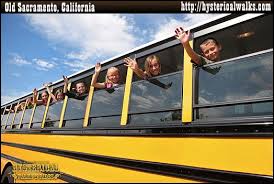Here is one example of an educational option for alternative education. At Banner, they have alternative education programs, therapeutic day options and more. As they explain on their website,
“Banner operates therapeutic schools for students with emotional, behavioral and learning disorders, as well as other disabilities. Banner’s therapeutic program is designed specifically for students who are generally considered the most challenging to educate. Banner welcomes these students and takes great pride in educating them. Banner’s innovative special educational program instills confidence and builds the competence of each of its students. Banner works closely with the school district to insure that each student’s Individualized Education Program (IEP) is fully satisfied. Banner employs an IEP compliance officer. The IEP compliance officer’s primary function is to monitor IEPs and see that each and every requirement is met. The IEP compliance officer maintains close contact with the district’s special education staff.”
There are many choices that allow the family to make the best educational decision for their needs.

